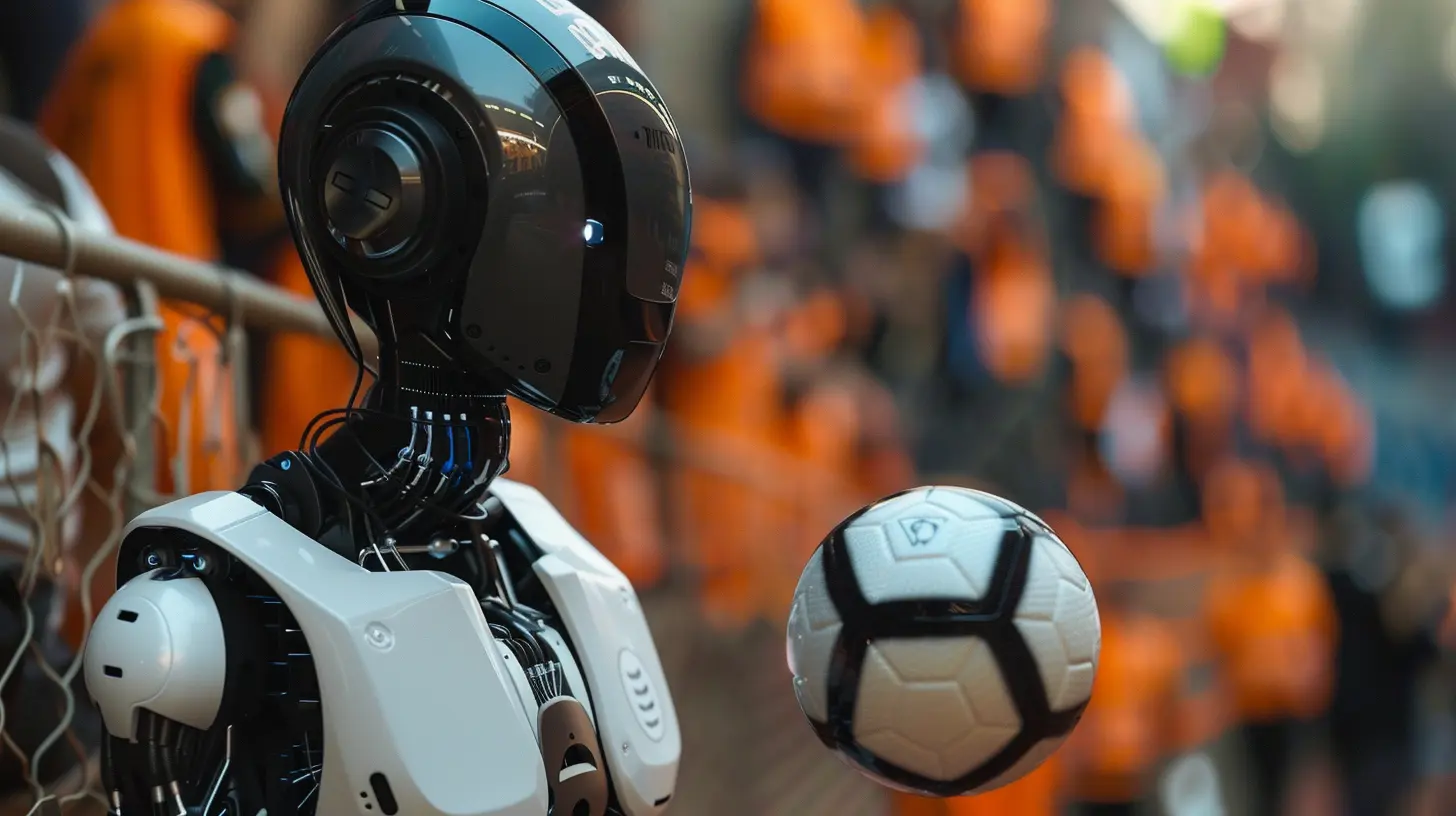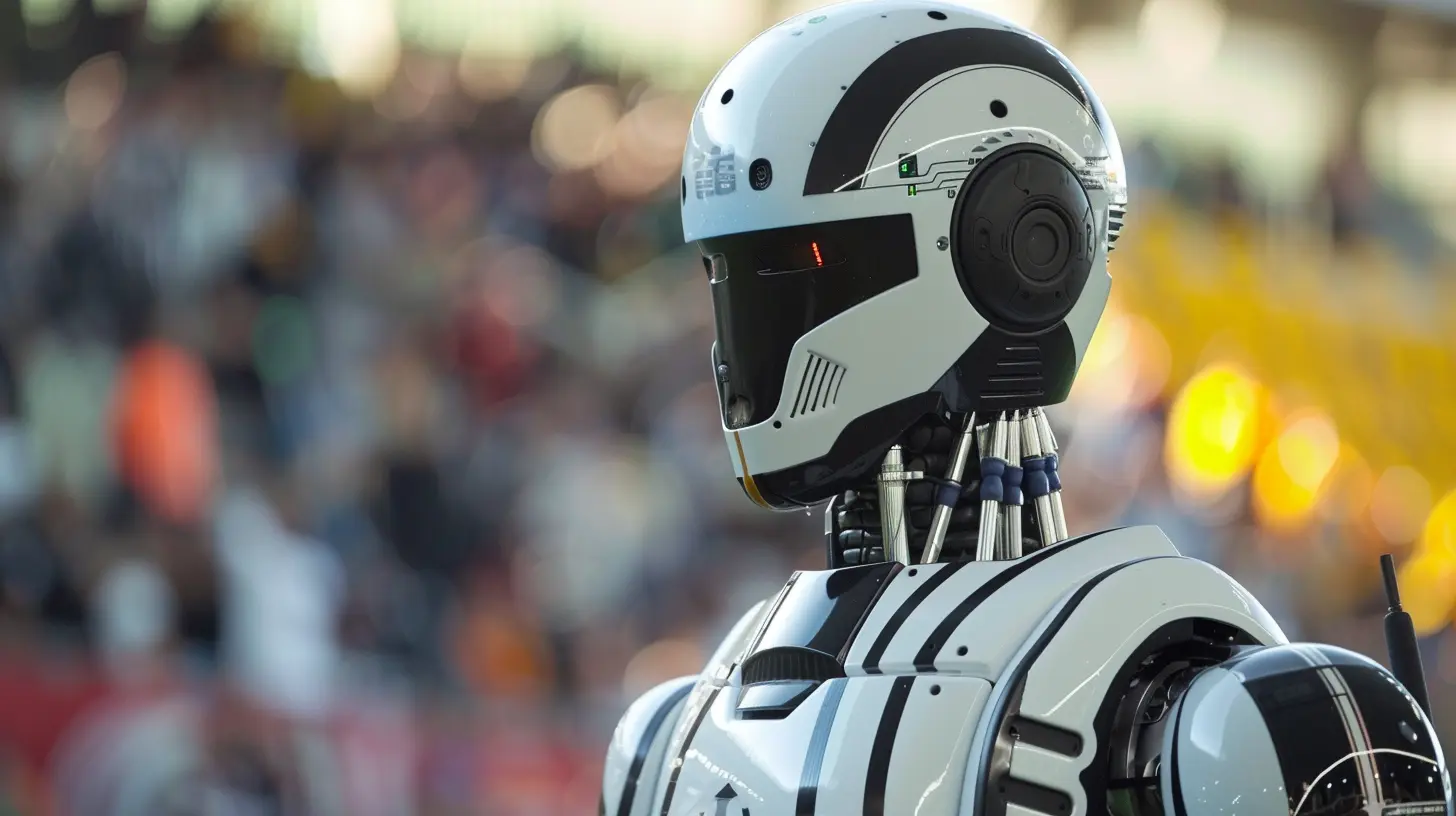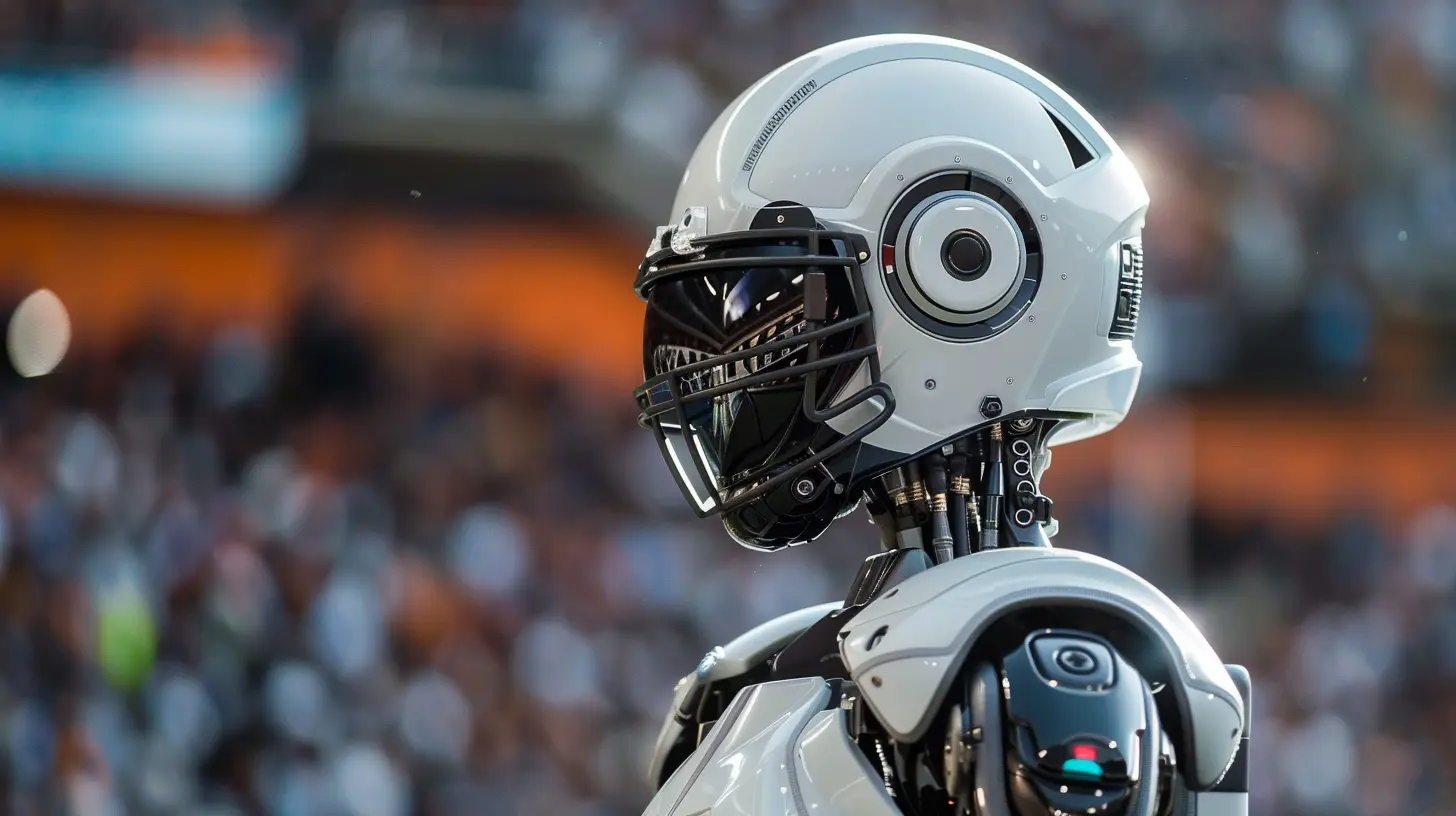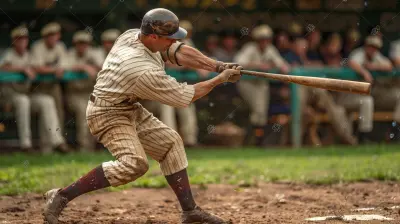The Role of Robotics in Enhancing Referee Accuracy and Fairness
30 June 2025
In the fast-paced, high-stakes world of modern sports, one wrong call can change the outcome of a game — and spark outrage from players, fans, and coaches alike. We've all seen it happen. A goal that wasn’t. A foul that wasn’t called. A line that was barely crossed. Human referees are under massive pressure, and let’s be real — mistakes are inevitable.
But what if we had a little help from technology? More specifically, what if robots could step in — not to take over, but to assist referees in making sharper, fairer, and more consistent decisions?
Welcome to the age where robotics and artificial intelligence (AI) are stepping onto the playing field. In this article, we’ll dive deep into the role of robotics in enhancing referee accuracy and fairness in sports. Whether you’re a skeptic or already cheering for technological refs, there’s a lot to unpack here.
Why Human Referees Aren’t Always Enough
Referees are trained professionals — no doubt about that. They're sharp-eyed, knowledgeable, and often experienced. But even the best can miss a split-second offside or misjudge a foul because, well, they’re human.Let’s face it, humans have limitations:
- Fatigue over the course of a game
- Biases, whether conscious or unconscious
- Poor visibility or obstructed views
- Pressure from fans and players
And when a single decision can make or break a championship, these flaws become a big deal.
Enter Robotics: The New Teammate for Referees
Robotics isn’t about replacing referees — it’s about empowering them. Think of it as a super-tool in the referee’s kit. These systems can see what the human eye misses, calculate in a split second, and stay consistent from start to finish.Robotic systems include:
- Automated cameras that track movement
- AI-powered decision-making algorithms
- Wearable tech and sensors
- Drones for aerial monitoring in open-field sports
Now imagine combining all that tech with a referee’s instincts and rule knowledge — that's what we're talking about here.
How Robotics Enhances Accuracy
1. Real-Time Player and Ball Tracking
Using high-speed cameras and motion sensors embedded in the ball or the players’ uniforms, robotic systems can track every movement with pinpoint accuracy — faster and more precisely than any human eye.Take soccer for example. A controversial offside call can make or break a match. With robotic line judges, the system calculates player positions in real-time and draws a virtual line across the field. It’s clear, immediate, and indisputable. No more head-scratching replays.
2. Instant Replay with Robotic Analysis
Instead of relying solely on video assistant referees (VAR) to look at replays manually, robotics can analyze frames and pixel data instantly. They spot discrepancies, flag potential fouls, and provide objective advice to the human referee on the ground.It’s like having Sherlock Holmes in the control room — only faster, and built with algorithms.
3. Improving Decision Consistency
Let’s say a player commits a foul. In one game, they get a yellow card. In another, a warning. In yet another, it's ignored.Consistency is key in sports fairness. Robotic systems apply the same standards every time. They aren’t swayed by crowd noise or a star player’s legacy — they just judge what they see, every single time.
How Robotics Supports Fairness
1. Reducing Human Bias
We all like to think referees are impartial. But subconscious biases — about race, teams, reputations, or even prior interactions — can creep in. Robots don’t have these biases.By relying on pure data and programming, robotic systems ensure calls are made based on what actually happened, not what someone thought happened.
2. Equal Eyes on All
In fast-moving games like basketball or hockey, it’s virtually impossible for refs to watch every single zone. Robotics helps here — cameras can cover the entire playing area, and AI can detect fouls or irregularities across all zones, ensuring no action goes unnoticed because of lack of human eyes in one corner.3. Holding Refs Accountable
With robotic data and performance analytics recorded in real-time, referee calls can be cross-checked and evaluated. This transparency holds human referees to higher standards and allows for training, feedback, or corrections, especially in leagues trying to maintain credibility.Real-World Examples of Robotics in Refereeing
Let’s get out of theory and into game day.Hawk-Eye in Tennis and Cricket
Tennis was one of the first sports to embrace technology in adjudication. Hawk-Eye uses high-speed cameras and computer vision to track the ball and show whether it landed in or out. Cricket uses Hawk-Eye too for LBW decisions — and fans love it.It's fast, reliable, and trusted — so much so that players now challenge calls based on its data.
FIFA's Semi-Automated Offside Tech
The 2022 FIFA World Cup introduced semi-automated offside detection. The tech used 12 tracking cameras and a sensor in the ball to monitor player and ball positioning 500 times per second.The result? Faster offside decisions and reduced controversy. Sure, it’s not perfect yet — but it’s a step forward.
VAR + AI in Basketball
AI-assisted replay technology is now being tested in professional basketball leagues like the NBA. These systems automatically tag plays like traveling, double-dribbles, or even goaltending, and alert officiating crews within seconds.Referees still make the final call — but now they’ve got an extra set of robotic eyes backing them up.
Challenges and Concerns
Okay, let’s hit pause for a moment — because it’s not all sunshine and slam dunks yet.1. Cost and Accessibility
All this tech? It’s expensive. From high-speed cameras to software customization, robotics in officiating is still out of reach for many lower-tier leagues and grassroots competitions.Until costs come down, we’re looking at a game of haves and have-nots.
2. Over-Reliance on Tech
Some argue we may become too dependent on robotics. What happens if the system malfunctions? Or if the AI gets it wrong?There’s also the fear that robots could strip some of the human element from the game — the gut instincts, the on-the-spot interpretations, and the drama that fans live for.
3. The Debate Around Objectivity
While robotic systems are designed to be objective, they’re only as good as the algorithms behind them. And those are written by — you guessed it — humans. So there’s still room for bias in the programming, and that opens a whole new can of worms.The Future: A Human-Robot Ref Team?
Here's the sweet spot — a hybrid model where humans and robots work together. Referees bring the judgment, empathy, and feel for the game. Robotics brings the data, the eyes, and the speed.Picture this:
- A referee gets a real-time notification on their smart-watch: “Possible offside. Review suggested.”
- They double-check the footage.
- The human still decides — but better informed, more confident.
We’re not removing the human from the field — we’re giving them superpowers.
Final Thoughts
Sports have always been about fairness, competition, and edge-of-your-seat excitement. And in that spirit, giving referees the best possible tools to do their job makes perfect sense.Robotics doesn’t kill the thrill of the game — it sharpens it. It removes doubt, reduces errors, and lets players focus on playing, knowing the calls are more accurate than ever.
As tech keeps evolving, we’ll likely see more leagues and sports adopting robotic systems, fine-tuning the tech, and creating better experiences for players and fans alike.
It's not man vs. machine — it's man + machine, working together for a fairer game.
all images in this post were generated using AI tools
Category:
Sports InnovationsAuthor:

Umberto Flores
Discussion
rate this article
1 comments
Riven Hughes
In the realm where fair play reigns, Robotics rise, erasing the pains. Precision's dance, a whistle's grace, Tech and trust, in sport’s embrace. Accuracy blooms, fairness finds its place.
July 24, 2025 at 2:58 AM

Umberto Flores
Thank you for your insightful verse! It beautifully captures the essence of robotics in promoting fairness and precision in sports.


